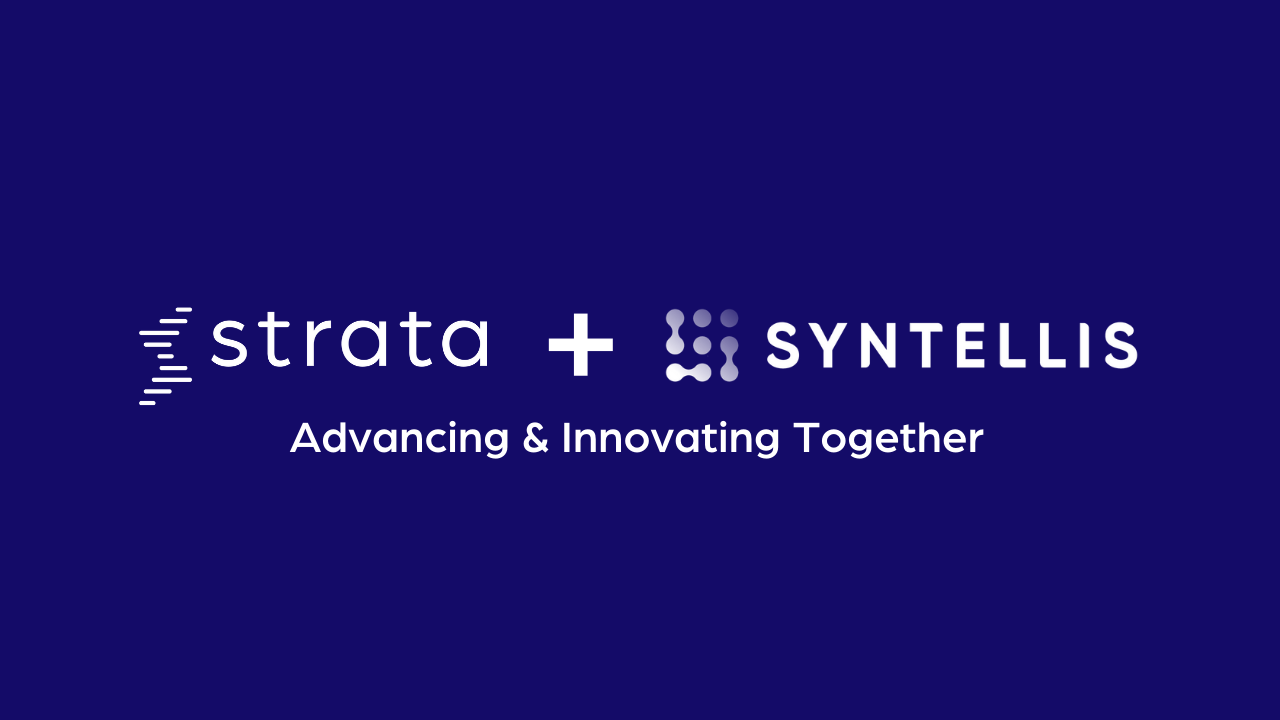With rising inflation rates and a probable recession looming, financial leaders at higher education institutions are tasked with the burden of preparing for the worst while predicting the unknown. Simultaneously, I find they are navigating issues such as declining enrollment, funding constraints, and staffing shortages.
To evaluate the state of higher education’s economic situation, Syntellis, Inside Higher Ed – in partnership with Hanover Research – recently conducted a survey of college and university business officers (CBOs) to dig in deeper to the financial pain points they are facing.
I find there are three key takeaways from the survey which underscores the need to properly harness the power of financial data to plan, strategize, and take action to solve some of the biggest challenges facing colleges and universities today.
1. Higher Education’s Financial Outlook: Mixed Feelings about the Future
CBOs are split on whether their institution is in better financial shape now than they expect it to be a year from now: 42% agree with that statement and 37% disagree.
Most who believe their institution is in better financial shape now than it will be in a year are most likely to cite the future impact of inflationary pressures. Business officers are also likely to anticipate the impact of funding from the American Rescue Plan running out (66%) or to expect enrollment to be lower (65%). Those who expect their institution’s financial situation to improve in a year say they expect net tuition revenue to increase.
Longer term outlooks are more positive as seven in 10 CBOs are confident their institution will be financially stable for the next five years; slightly fewer say their institution will be stable for the next 10 years. About one-fifth of business officers somewhat or strongly disagree that their institution will remain financially stable.
2. The Pandemic is a Trigger for Transformation
Yes, the pandemic has taken its toll. About half of business officers indicate their institution has reduced expenses in the wake of COVID-19 and that their budget remains smaller. One third of CBOs who indicate their institution is in worse financial shape now than it was in 2019 say it is because enrollment is lower and tuition revenue has declined.
One-fourth report their institution has used the pandemic period to reset for growth; 16% say they have used this period to “make difficult but transformative changes in its core structure and operations to better position” itself for long-term sustainability.” More than two-thirds of business officers agree (17% strongly) the pandemic has created an opportunity for their institution to make institutional changes they have been wanting to make anyway, such as creating an academic continuity plan (50%) and a business continuity plan (20%).
3. Significant Shifts are Happening with Spending, Services, and Resource Sharing
Increases in spending on mental health services and the proportion of courses delivered online topped a list of actions CBOs said their institution took in response to the continuing pandemic. Nearly half (50%) said they had increased tuition rates. Of the changes implemented in response to the pandemic, business officers said their institution is most likely to sustain the investment in mental health services (59%) and increased tuition (49%).
Interestingly, about one-fifth of business officers (21%) report senior administrators at their college have had serious conversations about consolidating some of their programs or operations with another college or university (76% have not). They are split down the middle on whether their institution should combine academic programs with those of another college or university. Few institutions (9%) have had discussions about merging with another college or university.
Data Empowers Smart Financial Decision Making for Higher Education
I find that most CBOs tell me that their institution has the data it needs to make informed decisions about academic programs and faculty performance, but wonder how best to use this financial data. For institutions like the University of North Texas Systems (UNT) - that have invested in the Syntellis’ Axiom™ Higher Education suite – they are equipped to do long-range planning with speed and accuracy, evaluate potential new initiatives, quickly run scenarios, and establish a financial planning structure that encompasses financial statements, their budgets, and strategic planning. UNT now has access to an integrated financial planning structure, the ability to run scenarios in minutes, not days, and reports that clearly show profit and loss impacts of new initiatives.
In my talks with many of the nation’s higher education institutions, they admittedly do have mixed feelings about the future. But all is not lost. Those that realize the power in adopting modern, scalable data-driven strategies and solutions to support and optimize their financial decisions are recognizable industry leaders who are strategically creating a path for a sustainable future. Full findings of the Inside Higher Ed 2022 Survey of College and University Business Officers can be found here.
Learn more about Axiom in higher education

How to Build a Strategic Financial Plan

University of North Texas System Simplifies Budgets, Uses Data to Guide Decisions with Axiom Long-Range Planning


